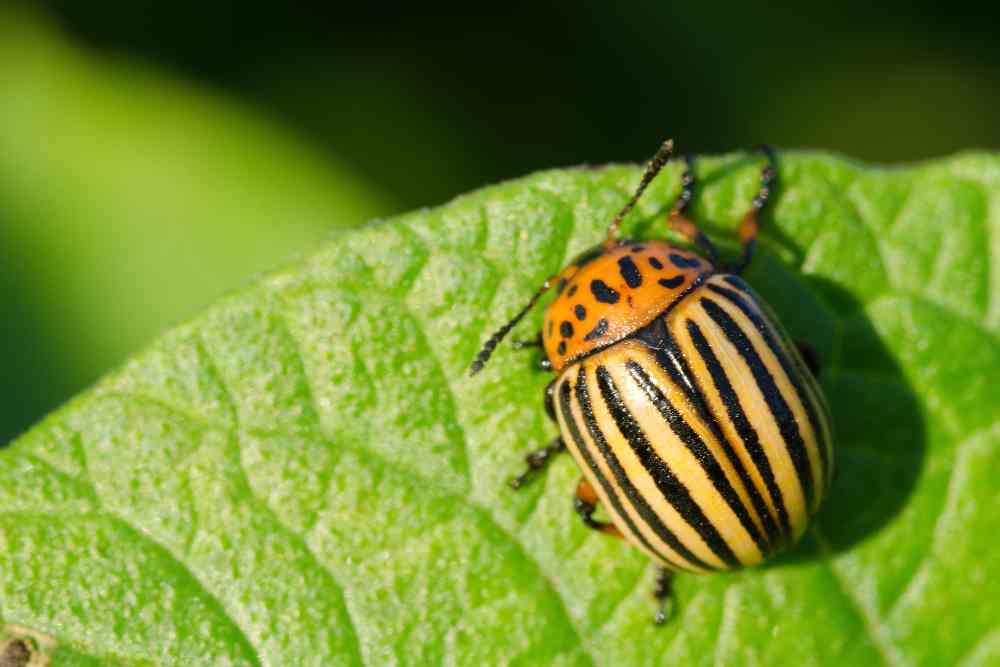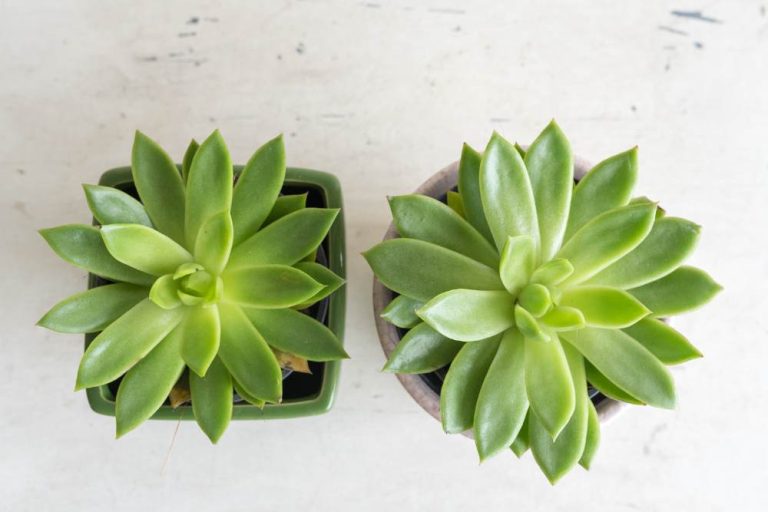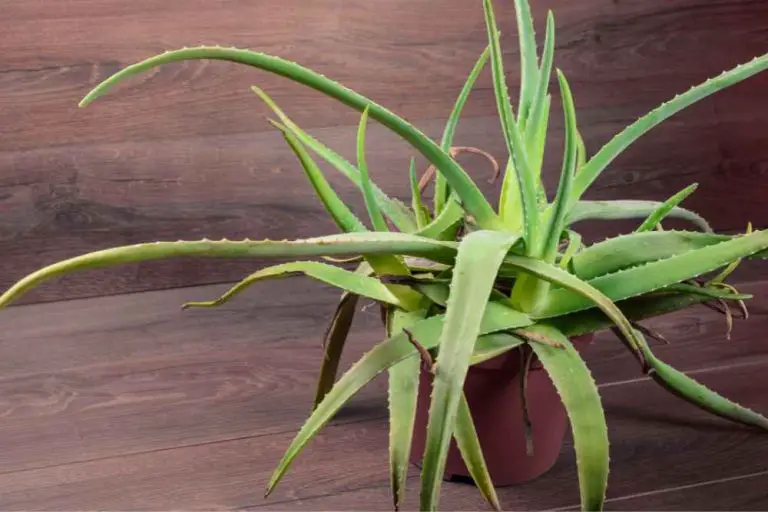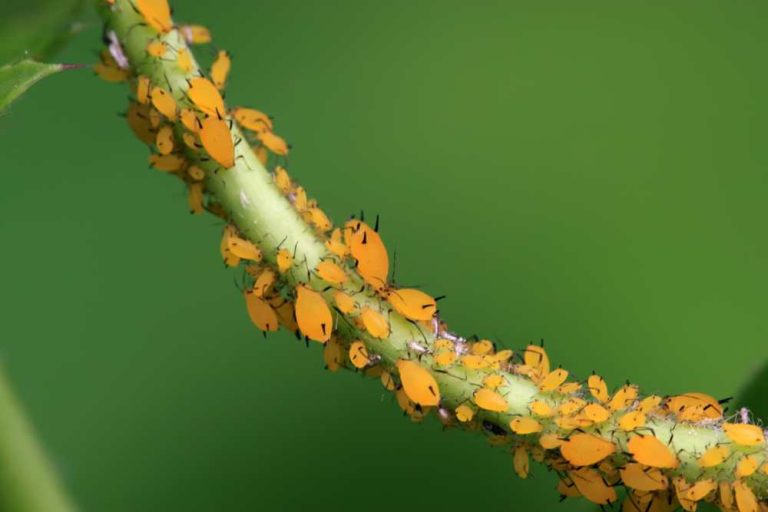Colorado Potato Beetle: A Destructive Insect Pest Infesting Crops in the Centennial State
The Colorado potato beetle is the most well-known and widely distributed of all potato insects (Leptinotarsa decemlineata) that are often just called “potato bugs”. The Colorado potato beetle was initially discovered in Nebraska and then discovered in Colorado. It is a common pest in both commercial and residential gardens.
Plants that attack Colorado potato beetle: Primarily they feed on potatoes. However, they attack other plants in the nightshade family (Solanaceae) tomato, pepper, nightshade, eggplant, and ground cherry.
Colorado Potato Beetle Life Cycle And Ecology
Adult Colorado potato beetles are 3/8 inch long, yellowish-orange, with 10 black stripes along the back (five on each outer wing), a tannish orange head with black markings, and tannish-orange legs. Adult females are exceedingly fertile. Football-shaped eggs with bright orange colors are laid in clusters of 10 to 40 eggs. Larvae are reddish with two rows of black spots down each side, black legs, and a blackhead (12 inches long when adult). The circular yellow pupa (about 12 inches long) develops in a cell in the soil.
Depending on the ambient air temperature, larvae hatch in 4-9 days. Before pupating, the larvae will molt three times in succession. Each immature life stage (stadium) between molts is referred to as an instar, and there are a total of four instars. Larvae in the first instar are blackish-brown in color and about the size of a pinhead. First instar larvae like to feed on newly enlarged foliage at the plant’s crown once they have emerged.
Feeding damage is negligible due to their small size. Second-instar larvae turn a dark crimson color and consume twice as much leaf as the first instars. The abdomens of the third and fourth instars are bright red, with black head capsules and legs. These instars have a line of black markings running down their sides.
The fourth instar can grow to be as big as a pea (10 mm). The latter two larval instars become increasingly foliate, causing the majority of solanaceous crops economic harm. Larvae return to the soil to pupate after passing through four instars over two to three weeks. The second generation of adult beetles emerges in 10-14 days. Colorado potato beetle may go from egg to adult in 21 days at an ideal temperature of 83°F.
Colorado Potato Beetle Damage
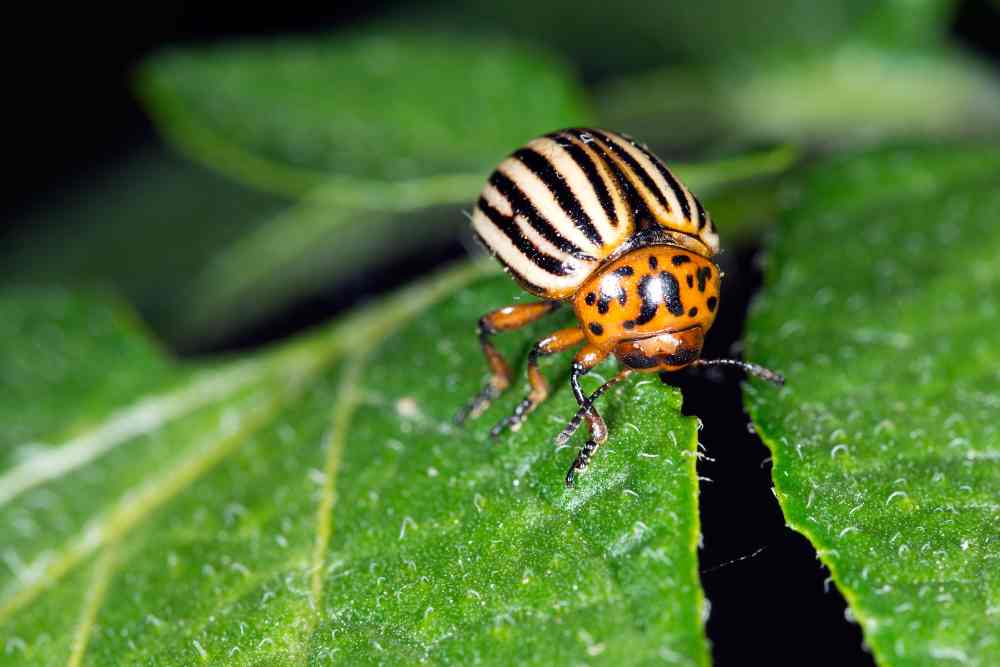
Adults feed on their own, whereas larvae attack host plants in groups. Both phases are phytophagous, which means they eat holes in leaves or completely defoliate them. This may cause reduced plant vigor, photosynthesis, and yield in tomatillos. As the larvae mature they feed in groups first defoliating the whole leaf and finally the entire plant. Among all stadia, the third and fourth instars undertake the majority of the feeding.
Colorado Potato Beetle Management
Cultural Control
Crop rotation is essential for controlling the Colorado potato beetle. Adult beetles overwinter in the soil, so if potatoes are planted after potatoes, insects will emerge and infest the new crop immediately.
According to several studies, at least 0.5 km between fields is required for crop rotation protection. Because the beetles spread from their overwintering sites by walking, trenches are also recommended. Trap crops should also be considered.
Biological Control
Some generalist predators dislike this insect, but Geocoris big-eyed bugs and Nabis damsel bugs eat its eggs and young larvae. Two huge predatory stink bug species feed on Colorado potato beetle larvae and at least one species of Myiopharus (formerly known as Doryphorophaga) beneficial fly attacks the Colorado potato beetle.
For instant crows are effective Colorado potato beetle predators. Severe disease-related mortality can occur during pupation and overwintering in the soil in some circumstances, while this is rare in dry conditions.
Genetic Control
Plant early maturing variety to escape much of the damage caused by adults emerging in midsummer. You can check seed catalogs for varieties that mature in less than 80 days.
Mechanical Controls
Hand-controlling bugs in the home garden is the most effective method. In many larger fresh-market gardens, picking by hand is difficult, so other strategies are required. Gardeners can easily crush egg masses and clusters of small larvae with their fingers when scouting their plants.
It’s simple to reduce older life stages by hand plucking large larvae and adult Colorado potato beetle into a cup of soapy water. After hand-selecting, make sure to wash your hands before contacting your mouth or eyes since the insects contain a toxin that can irritate sensitive skin.
Chemical Controls
A variety of chemical insecticides are available for use in the home garden, but timing is important. When the larvae are little, it is advisable to use chemical treatments. More chemical control solutions are available to commercial vegetable farms.
Chemical pesticides’ availability varies regularly. For a list of currently approved and recommended chemical pesticides, always visit your local county Extension agent.
- 20+ Chic Boho Bedroom Ideas for a Cozy and Stylish Retreat - June 20, 2024
- 12+ Modern Boho Living Room Ideas to Create a Unique Oasis - June 10, 2024
- 10 Stunning Canopy Bed Ideas for a Dreamy Escape - May 16, 2024

